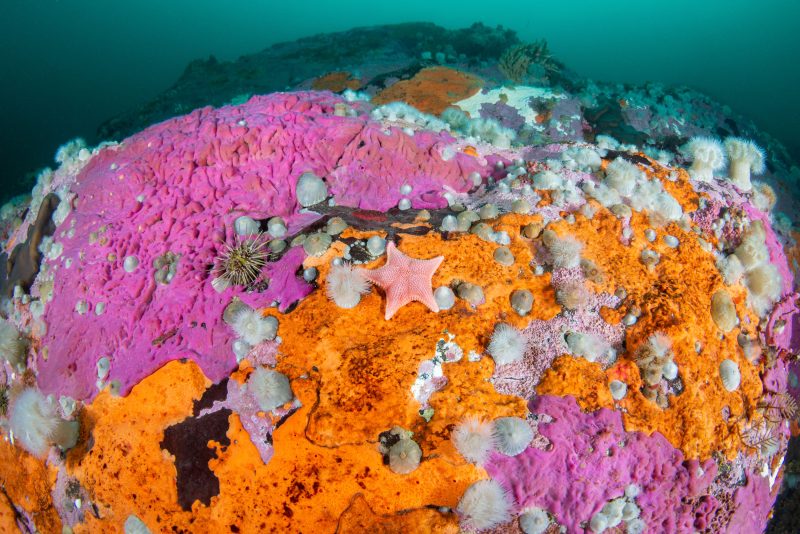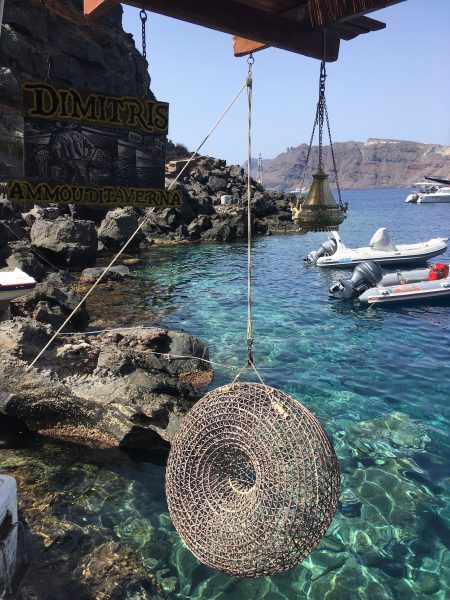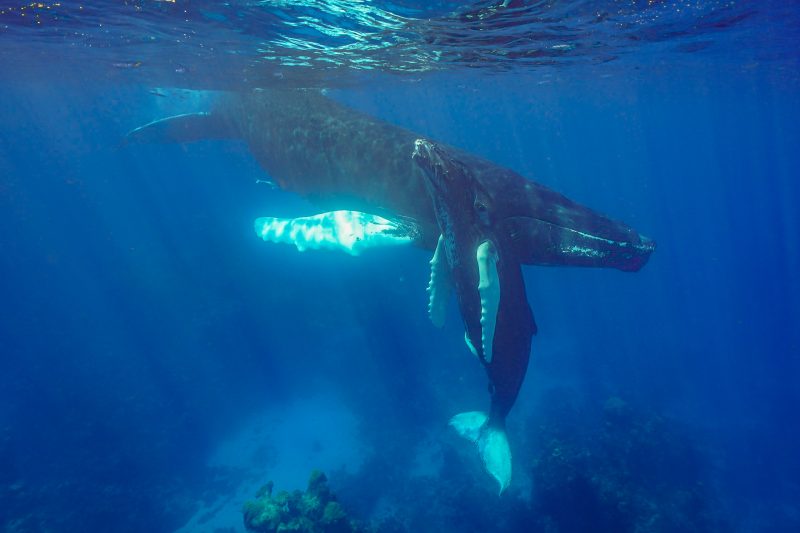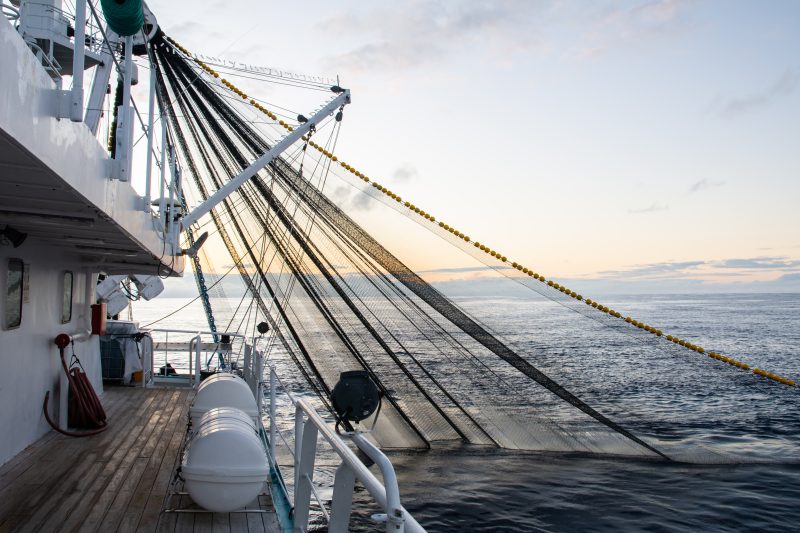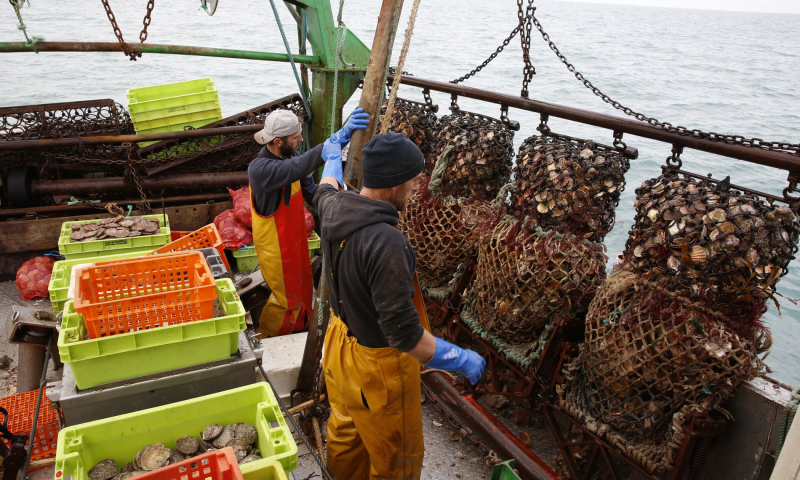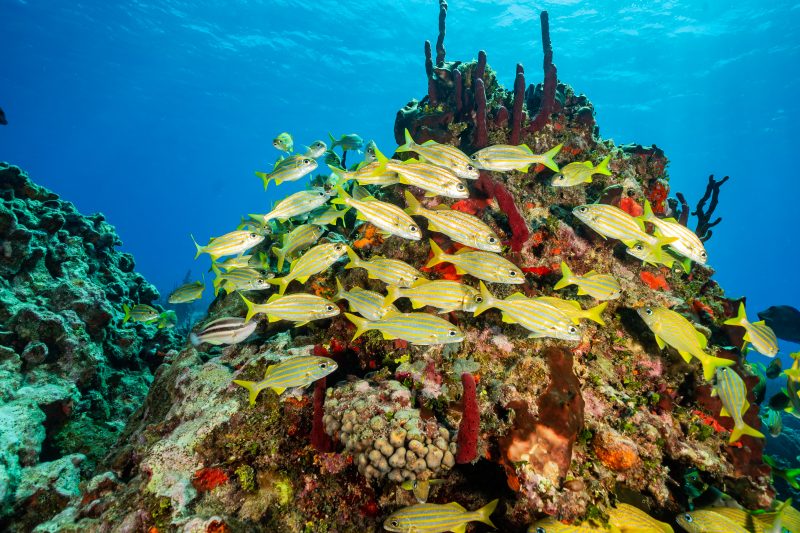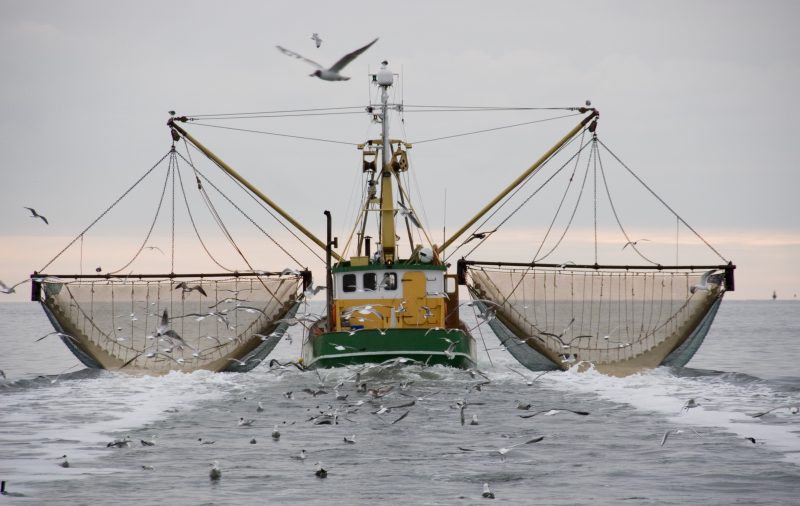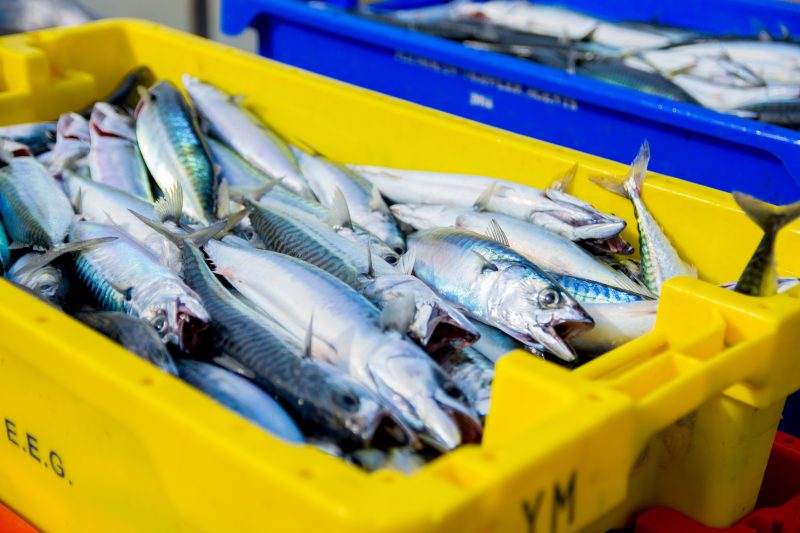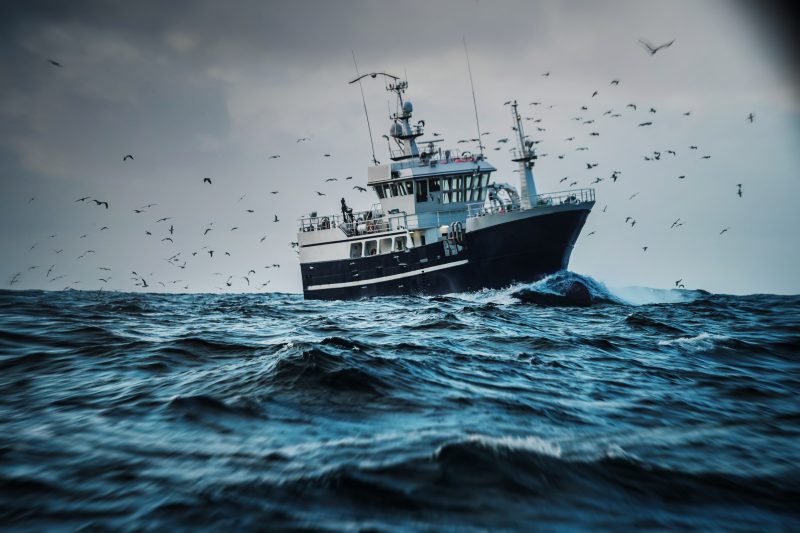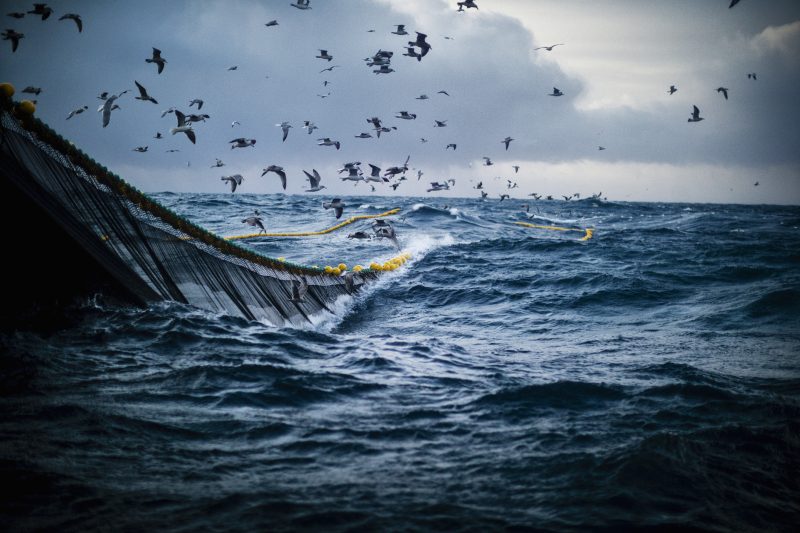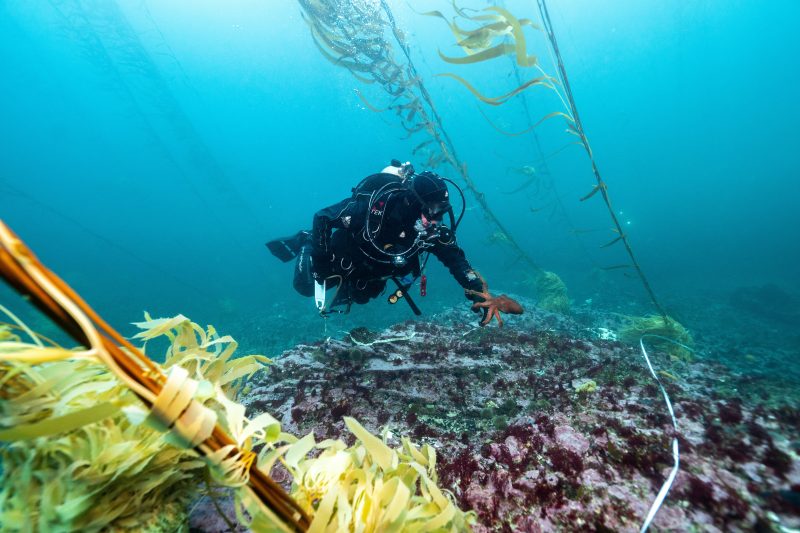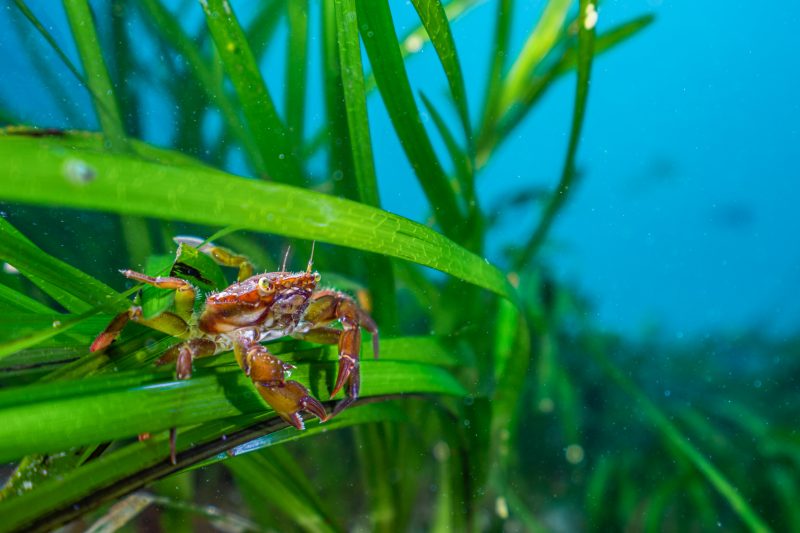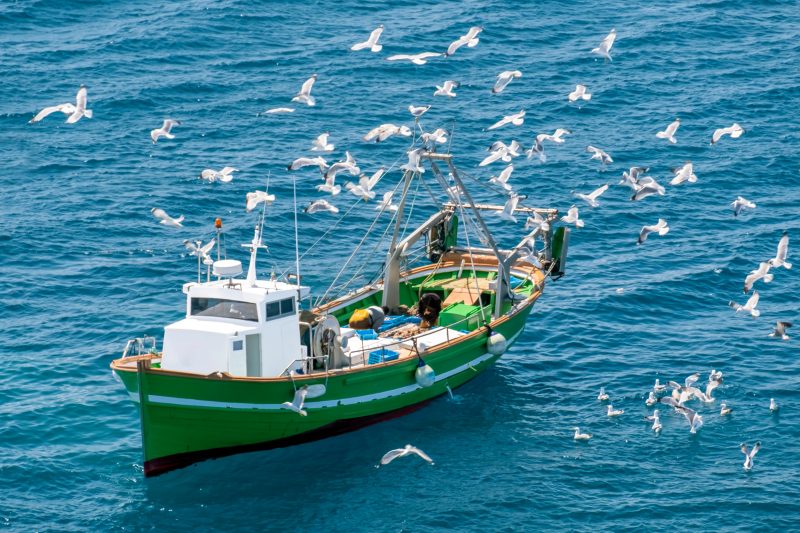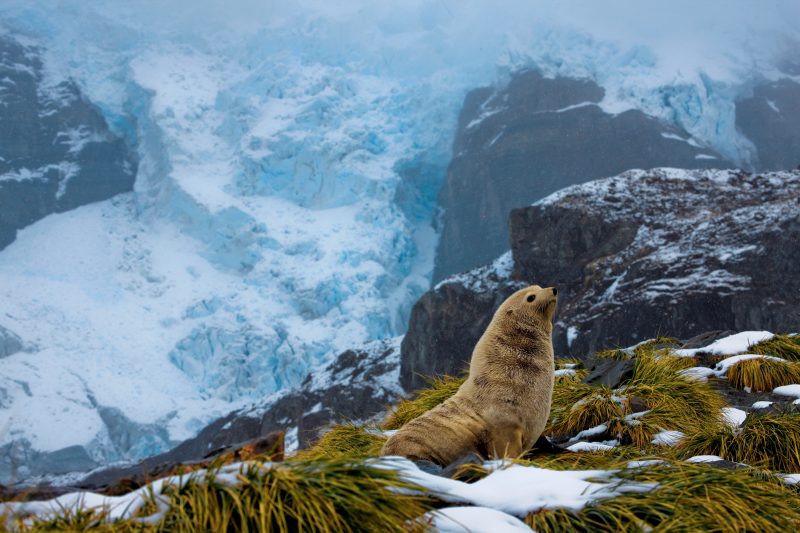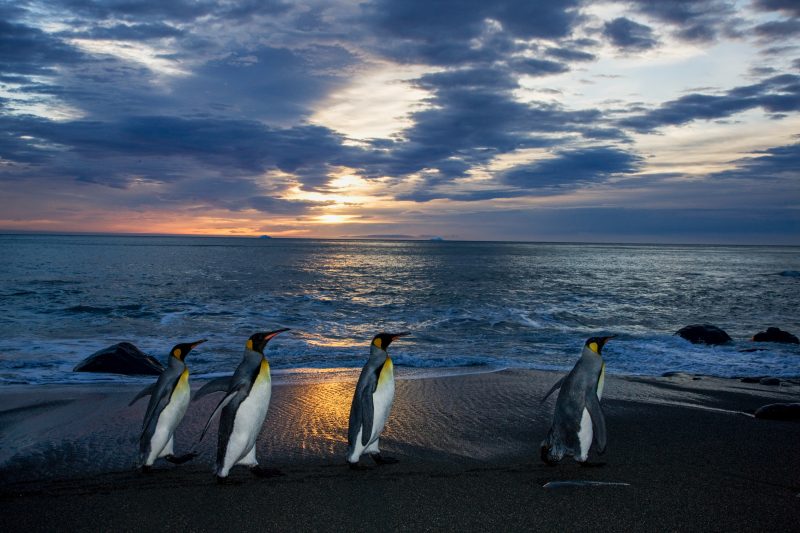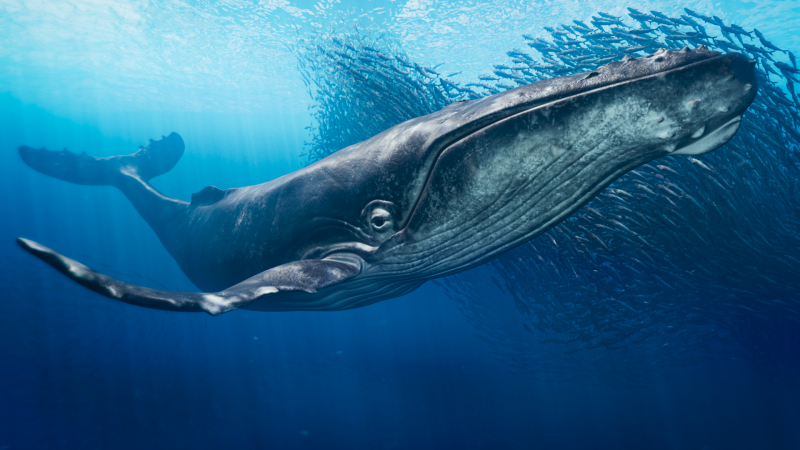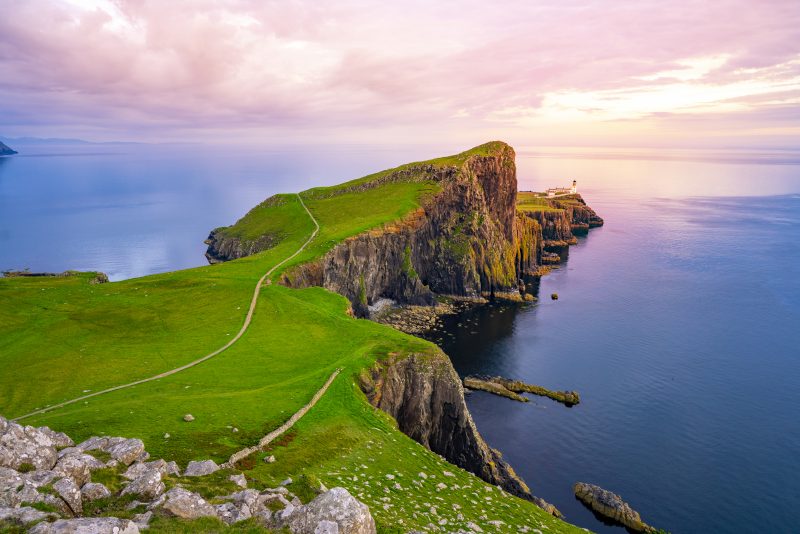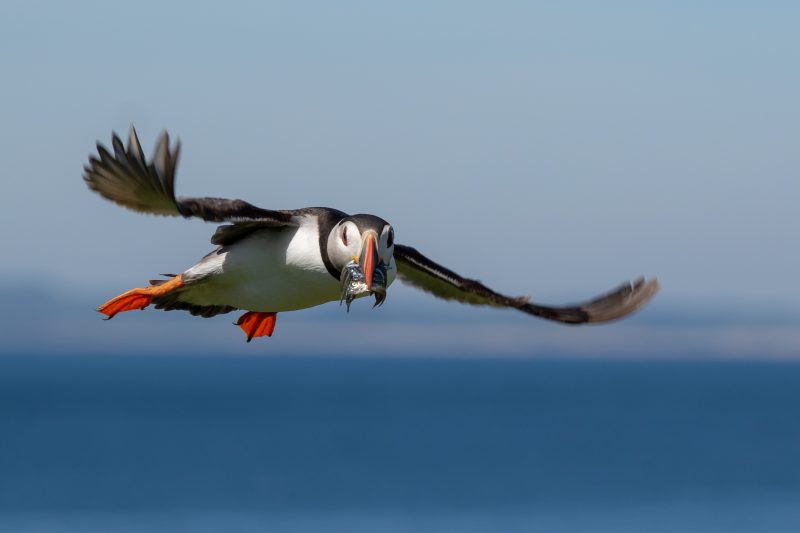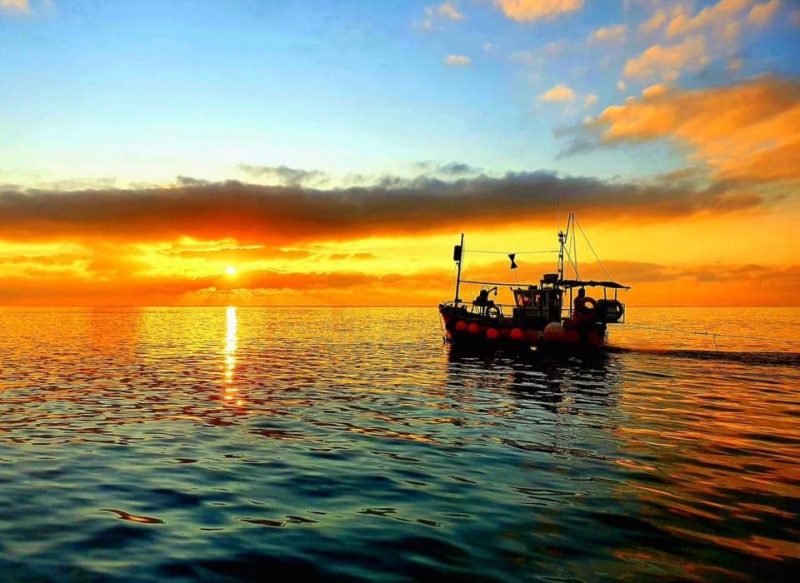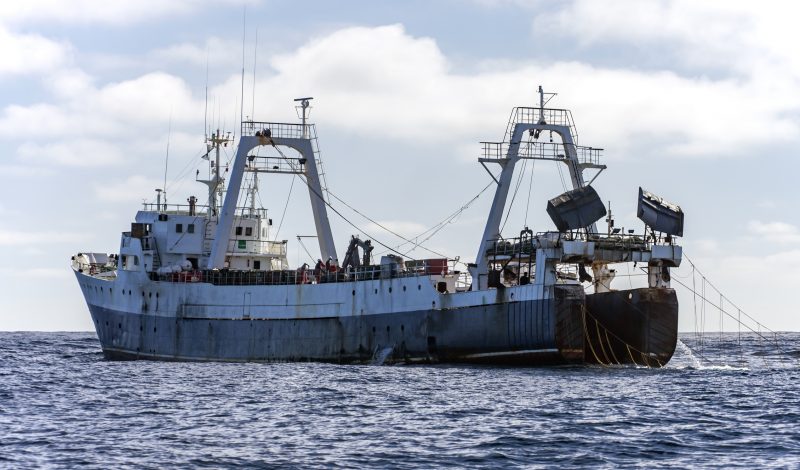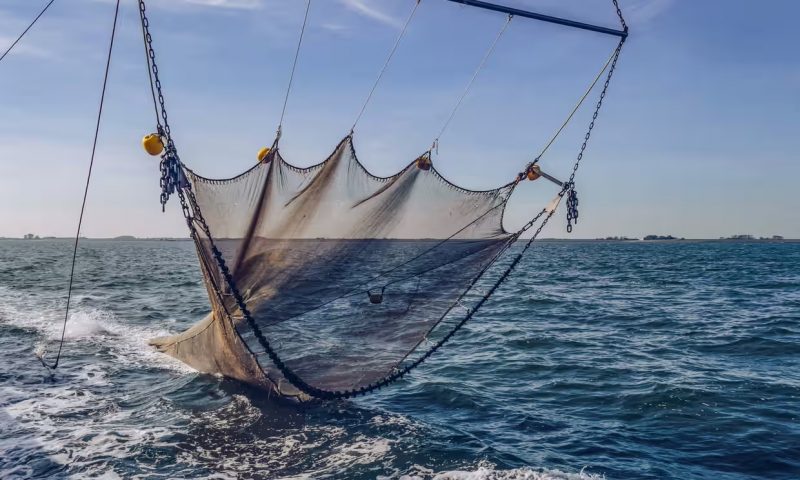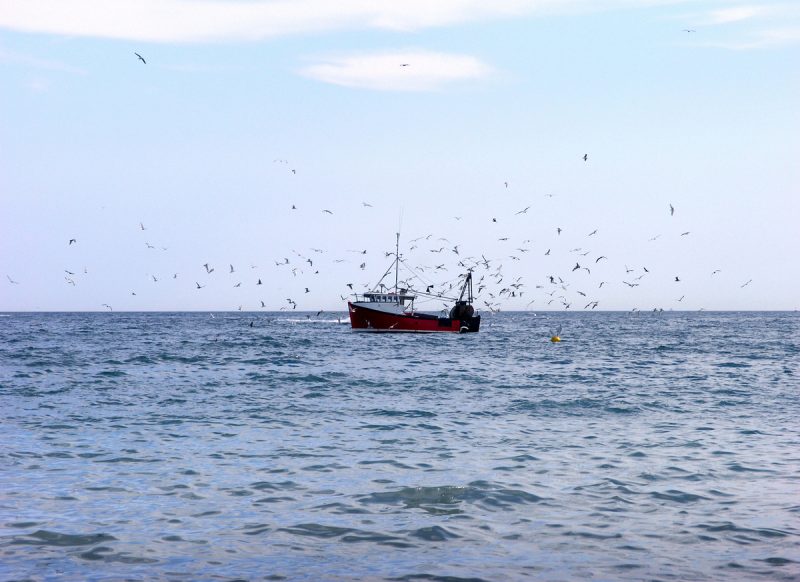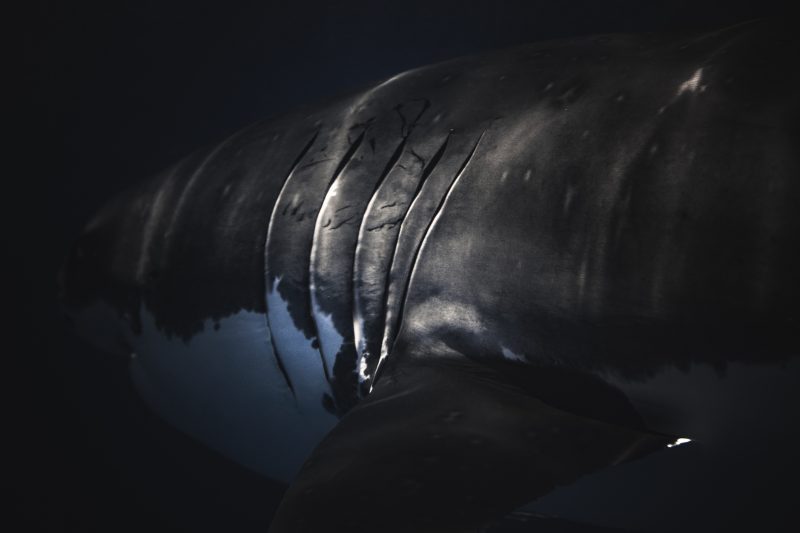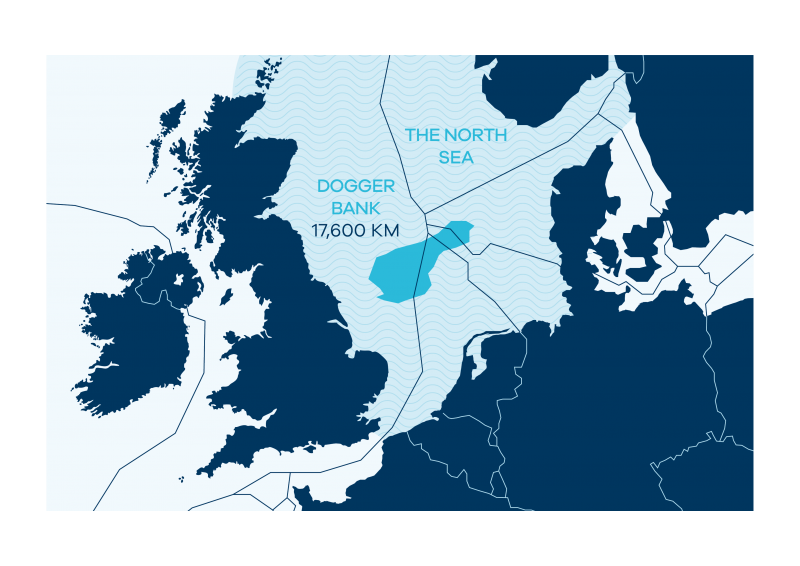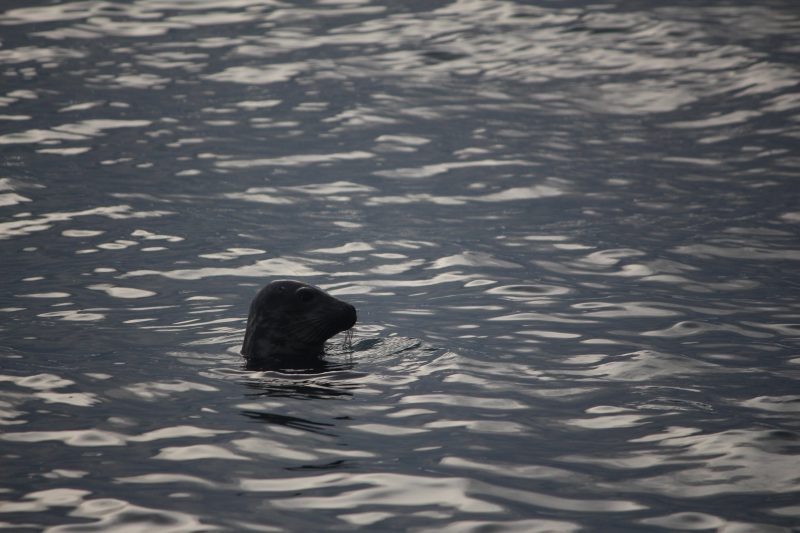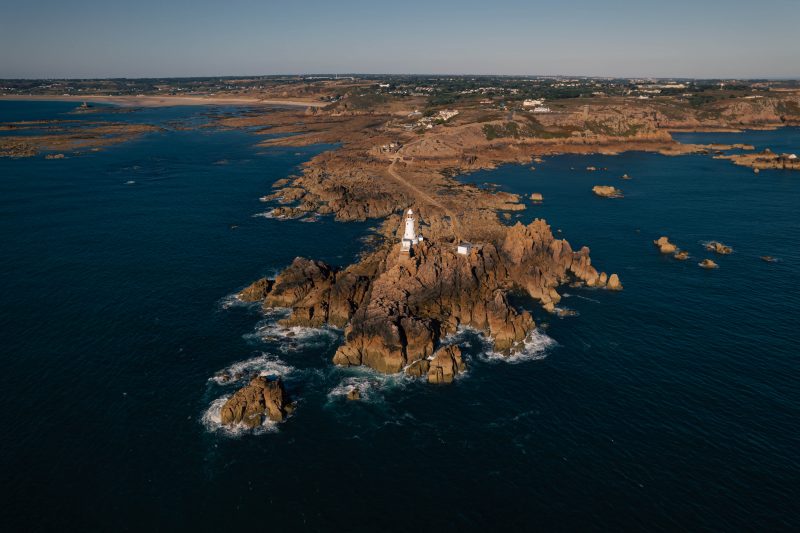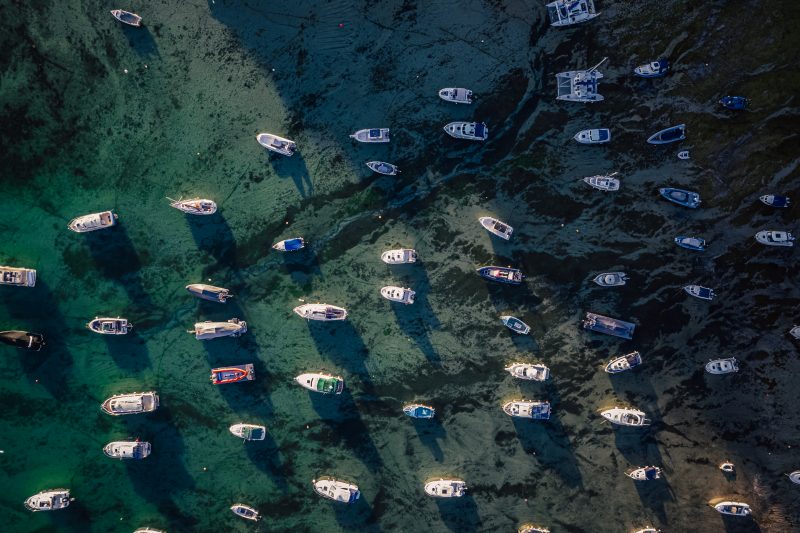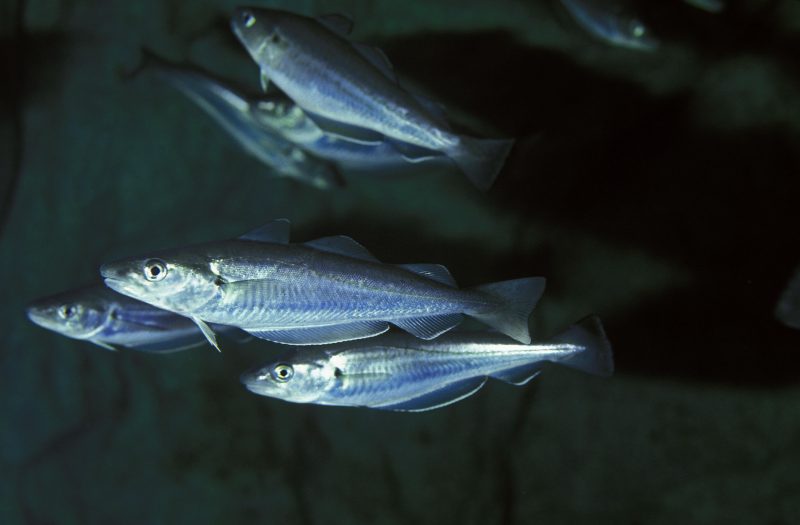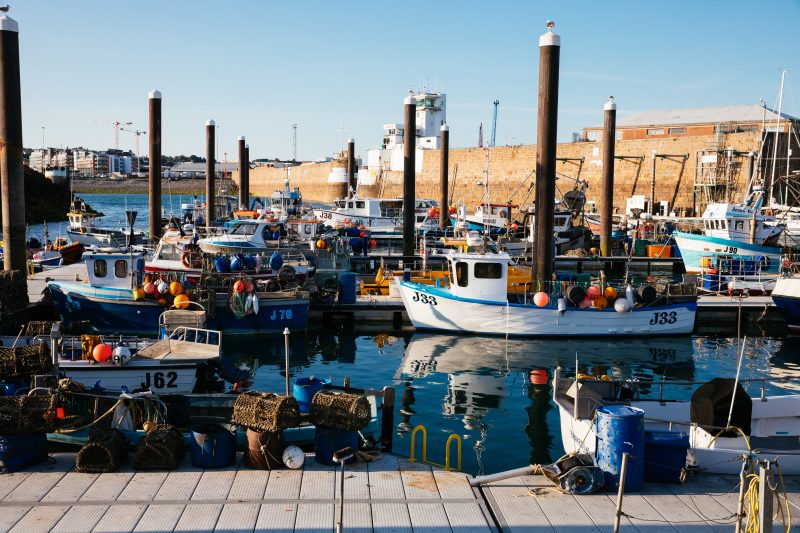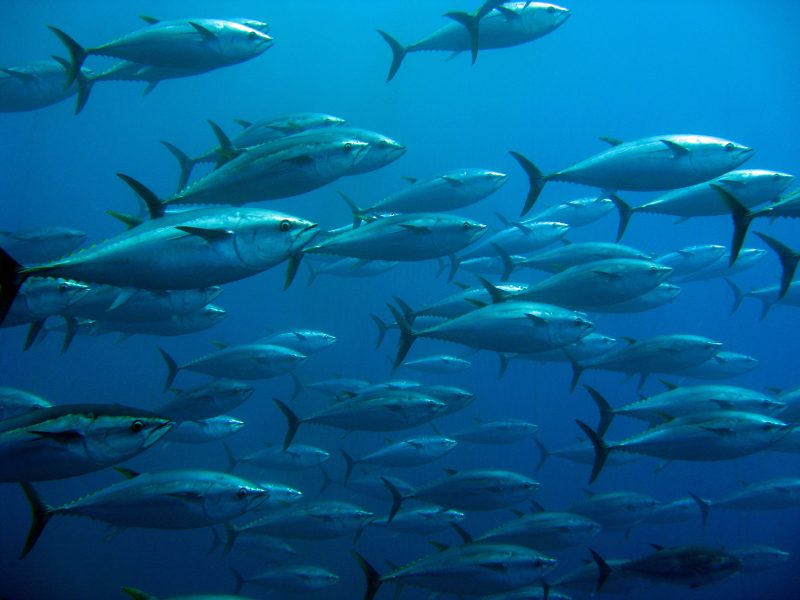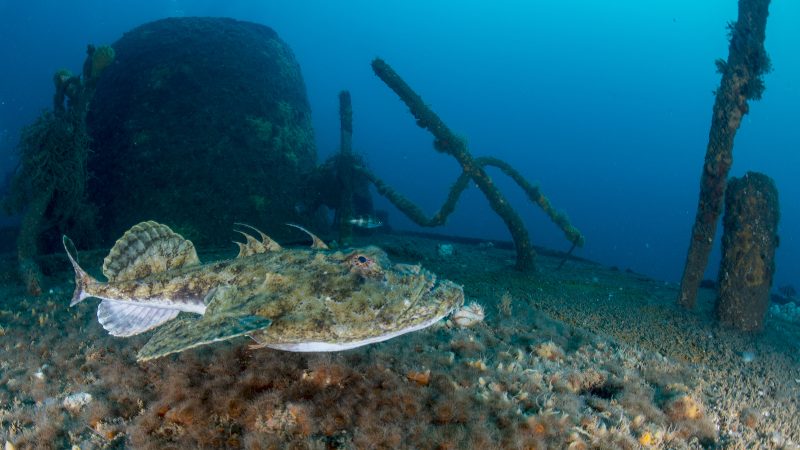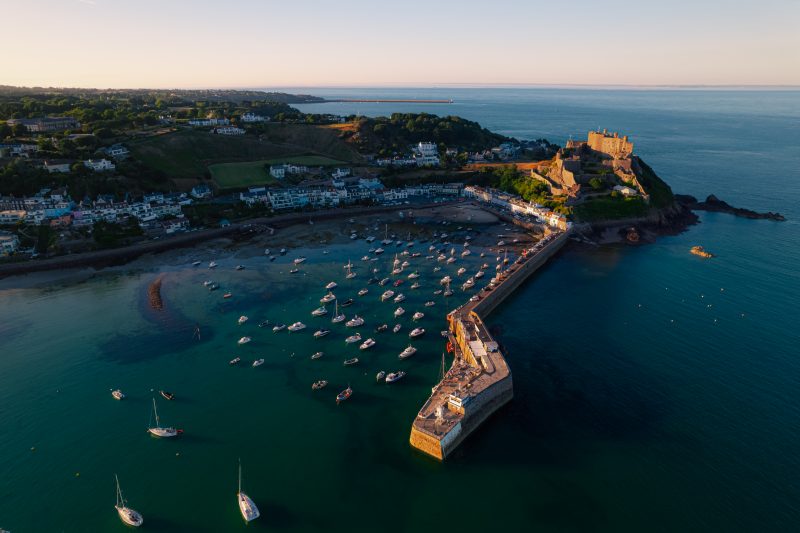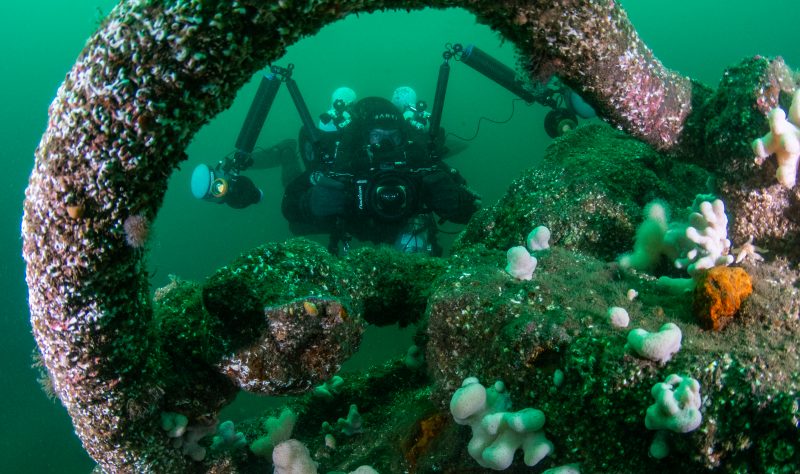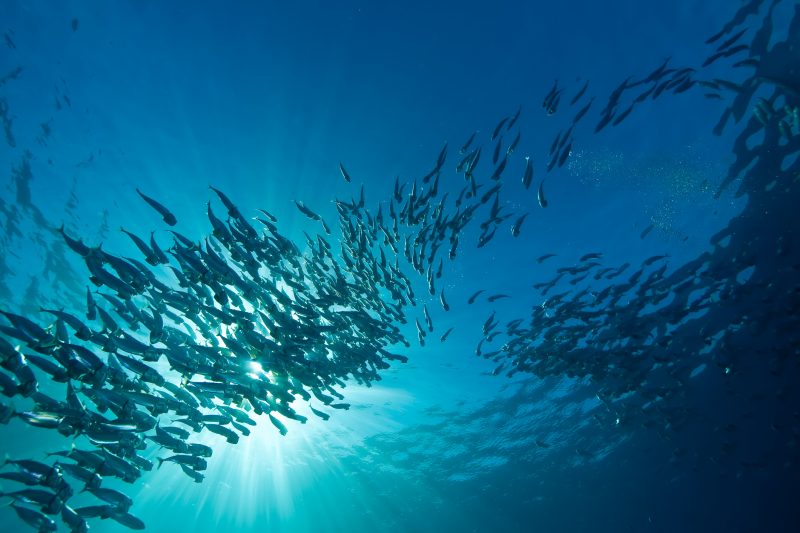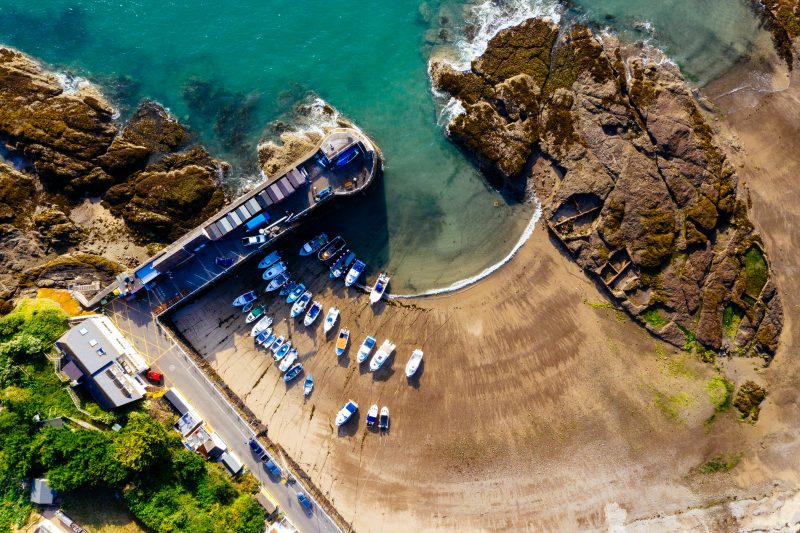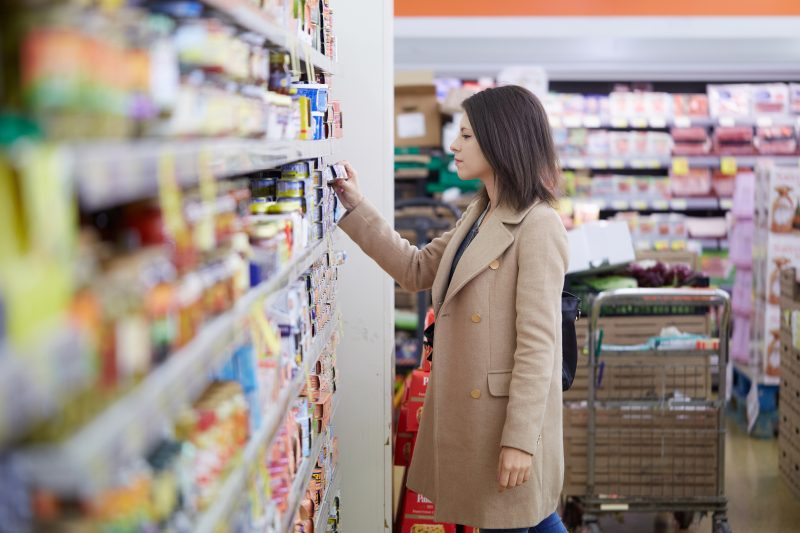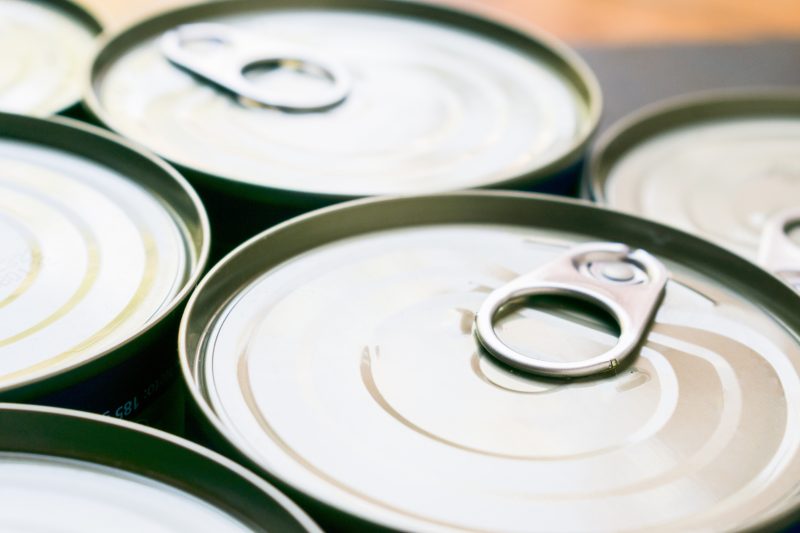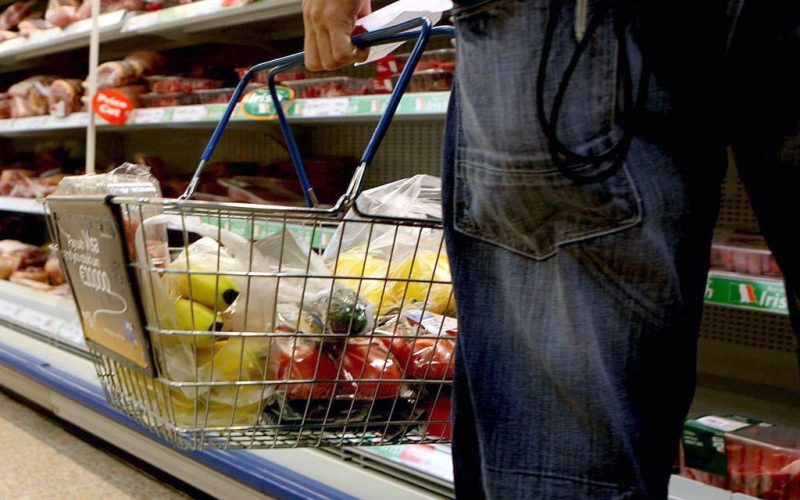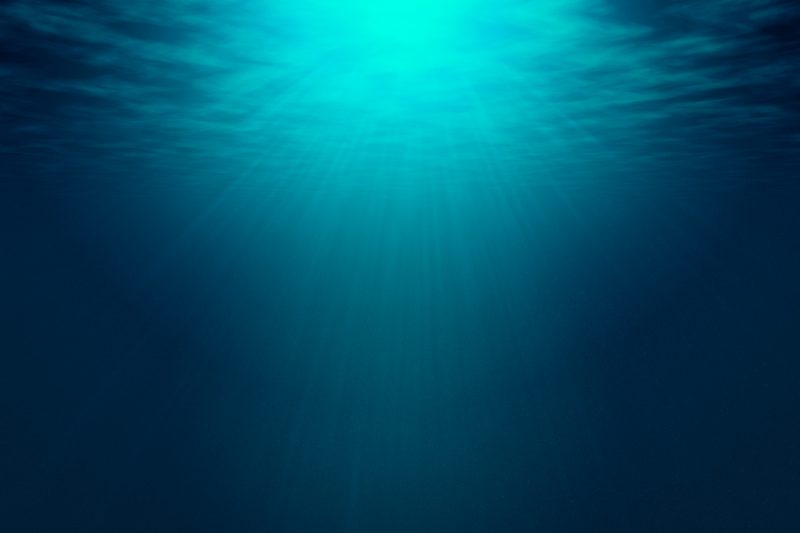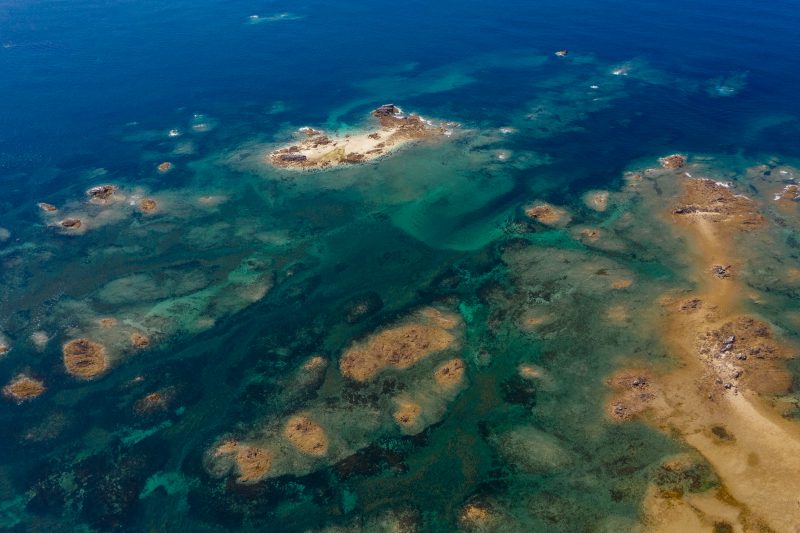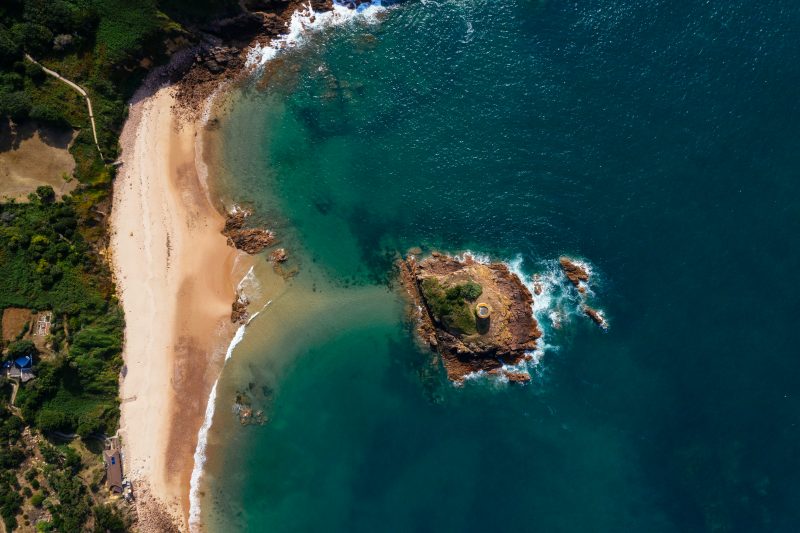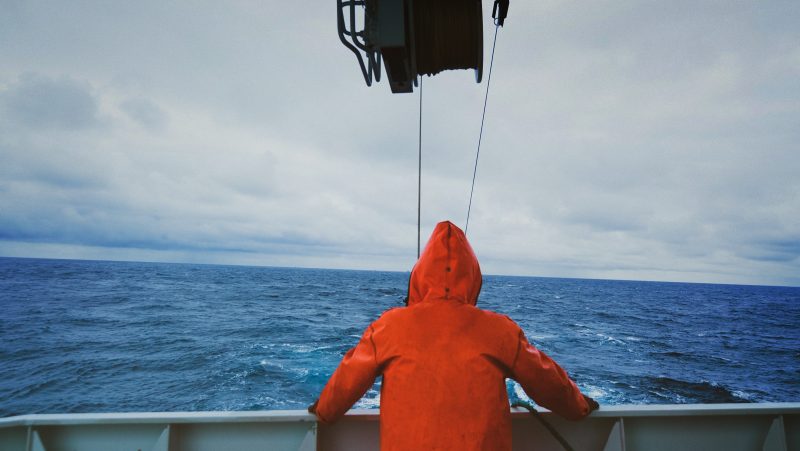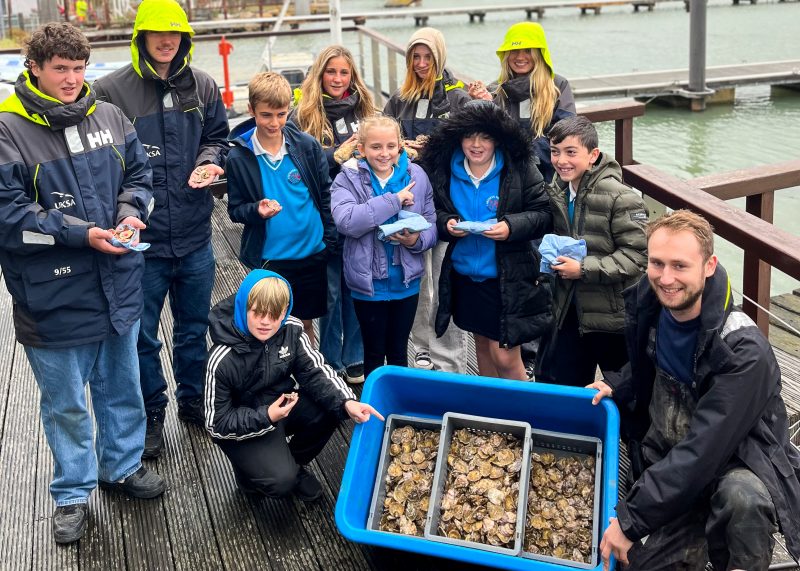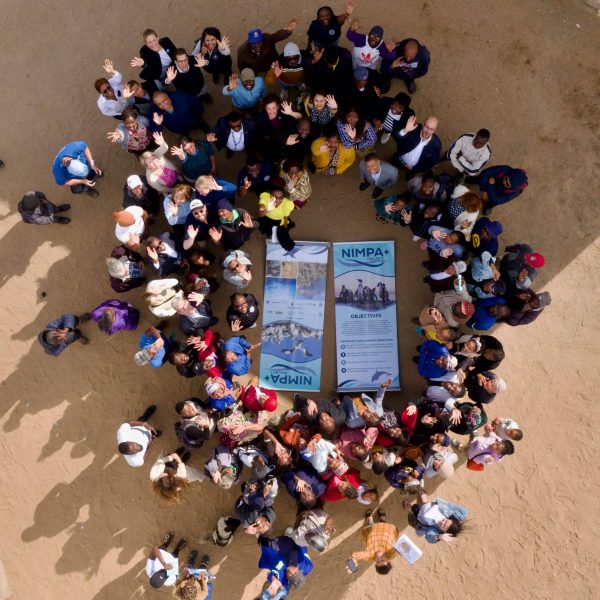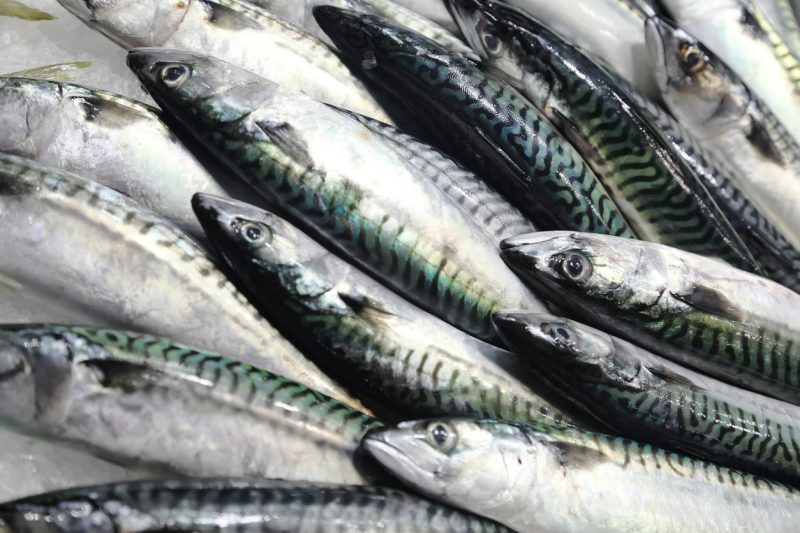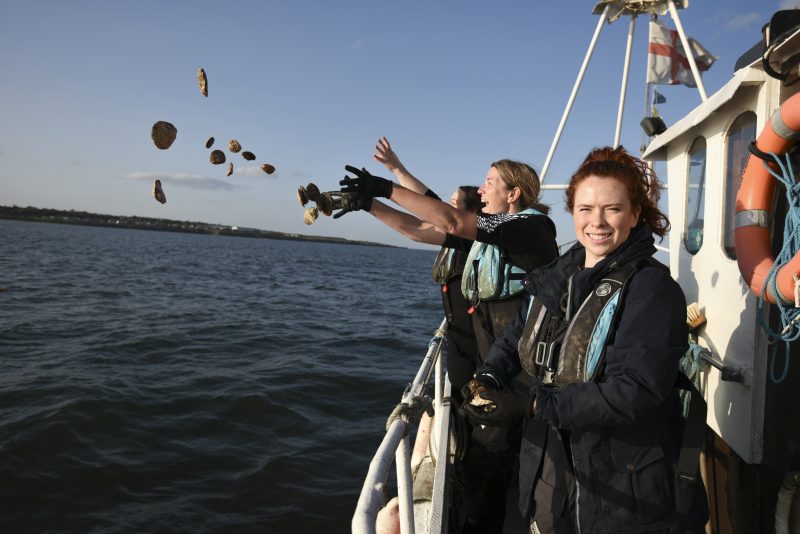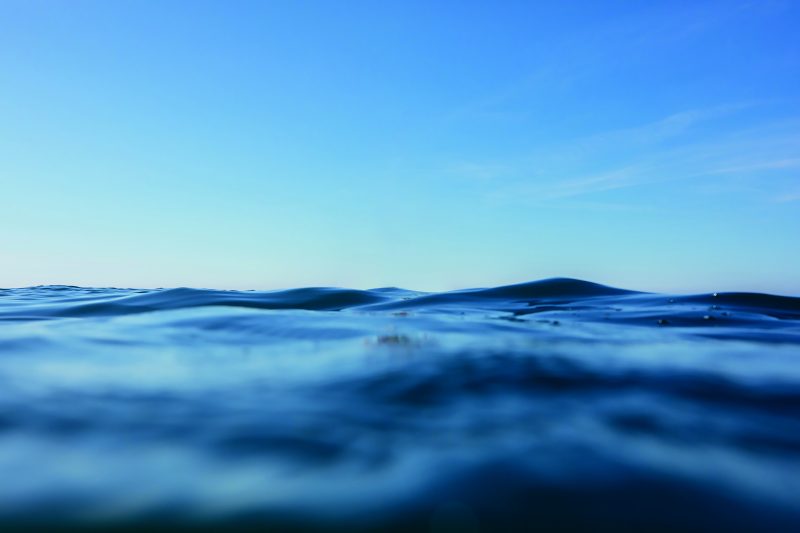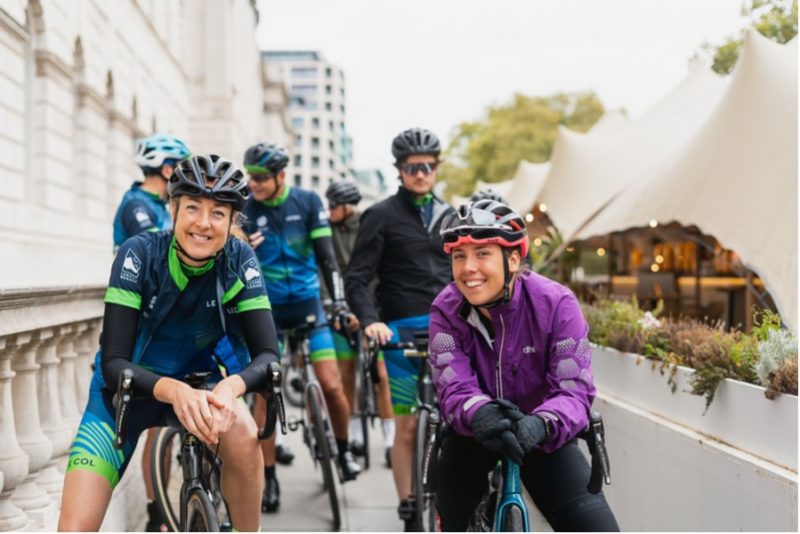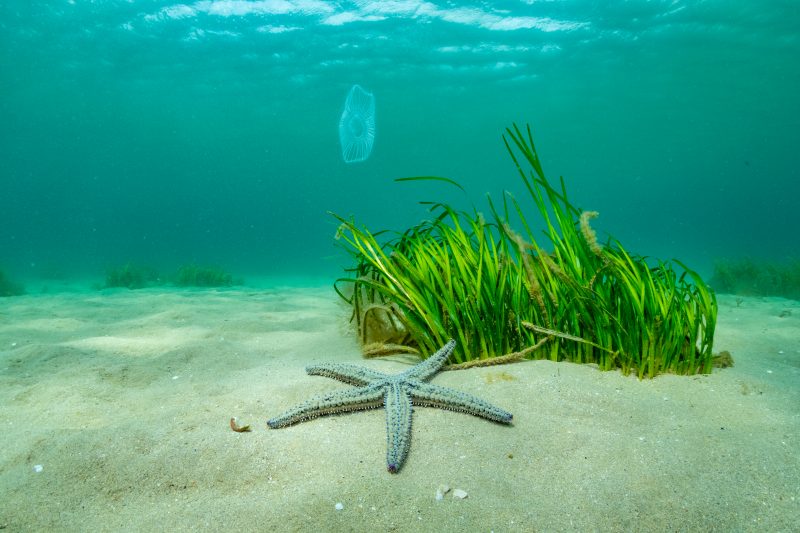Joe Richards, BLUE’s Project Officer, takes us on a day out with local crab and lobster fishermen, where landing a “muckle” female lobster gives hope for the lobster population in the Berwickshire Marine Reserve. Here brown crabs are known as “poos”, “twae” means two and anything big is “muckle”.
Berwickshire’s fisheries are only a fraction of what they used to be. At its peak in the early 1800s, Eyemouth, the small Berwickshire town where I carry out my research, landed over ten thousand barrels of herring every year each containing one thousand fish. Berwickshire also used to have productive haddock, cod, pollock, whiting and flatfish fisheries. However, continued fisheries mismanagement and overexploitation resulted in their decline. The herring stocks collapsed at the beginning of the 20th century, followed by the decline of the whitefish stocks in the 1950/60s.
Now, like most east coast fishing villages, Eyemouth is reliant on its shellfish fishery. Worryingly, continued poor management and lack of understanding of the shellfish fisheries means that they could be the next to collapse, threatening the livelihoods of many local fishermen.
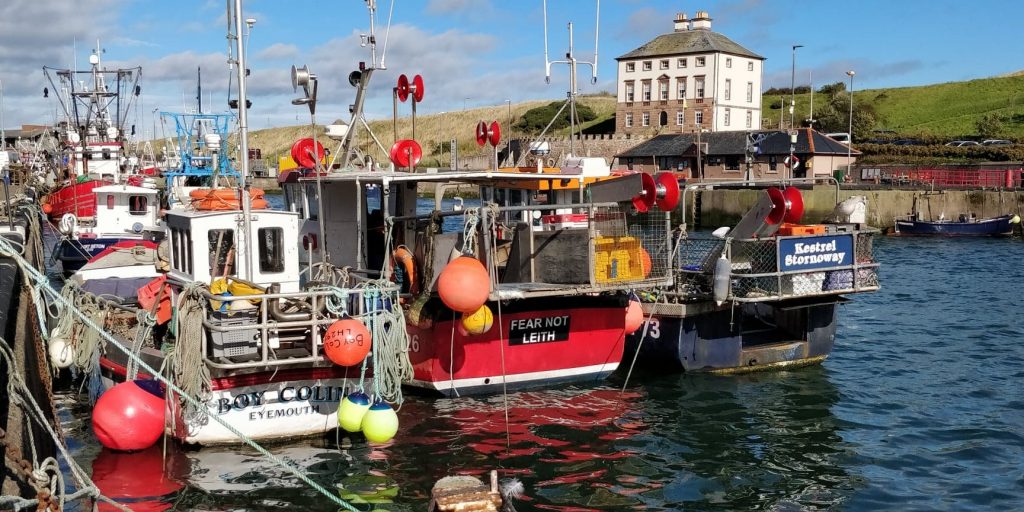
I work with the local inshore fishing fleet to better understand crab and lobster populations in the Berwickshire Marine Reserve, the first voluntary marine reserve in Scotland. An area where cold and warm water currents provide a diversity of marine life rarely found elsewhere. This unique environment allows the Devonshire cup coral and the Arctic wolffish to live side by side. Soft corals, sea caves, rocky reefs and kelp forests provide nursery grounds for commercially important species, supporting a valuable local shellfish fishery.
My work in the reserve involves days out at sea with the local fishermen and over the past year I have been out multiple times on five different fishing vessels. Today I am heading out on The Kestrel, a 7.9m creel boat, to observe and record information about each fleet and pot that comes aboard the boat, in order to understand catch related to fishermen’s effort.
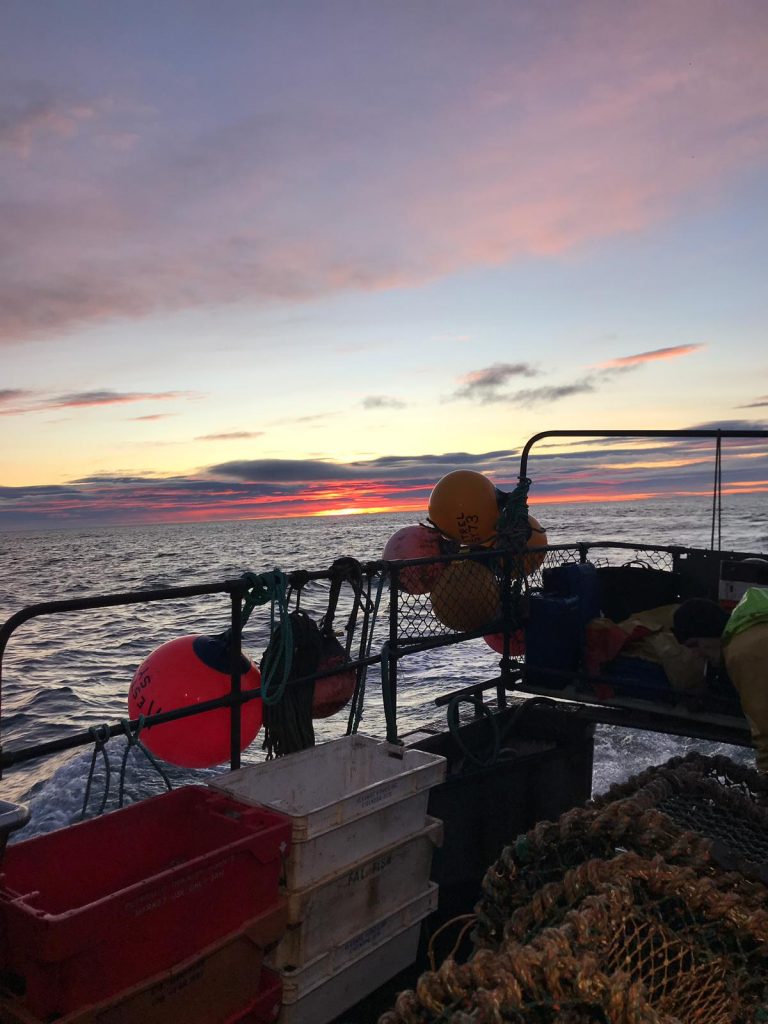
It’s 5.00am, minus four degrees, pitch black and a very low tide. I scale down the harbour wall on a frozen ladder to the boat below with all my equipment. The fishermen, already on board, watch me struggle down the slippery ladder with bucket in hand, overflowing with my survey equipment; clipboard, tagging gun, gloves, callipers, scales, and of course my “piece” (sandwich) for the day. This is a recipe for disaster. Having made it halfway, I feel my left hand slipping. To save myself, I launch all my gear which luckily lands on the boat’s deck while I wobble and cling onto the ladder – all to the fishermen’s amusement.
After picking my equipment up off the deck, including my now soggy “piece”, we leave the harbour and are hit smack in the face by a strong westerly wind and horizontal rain. There’s no time to take shelter in the wheel house before we reach the first fleet – a string of crab and lobster pots. By the time we have hauled in just ten pots, or “creeves”, my fingers have gone completely numb and my lips are blue. Confusingly, pots are known locally as creeves, creels or craves depending on the harbour you leave from – I’m still getting used to the fisherman lingo!
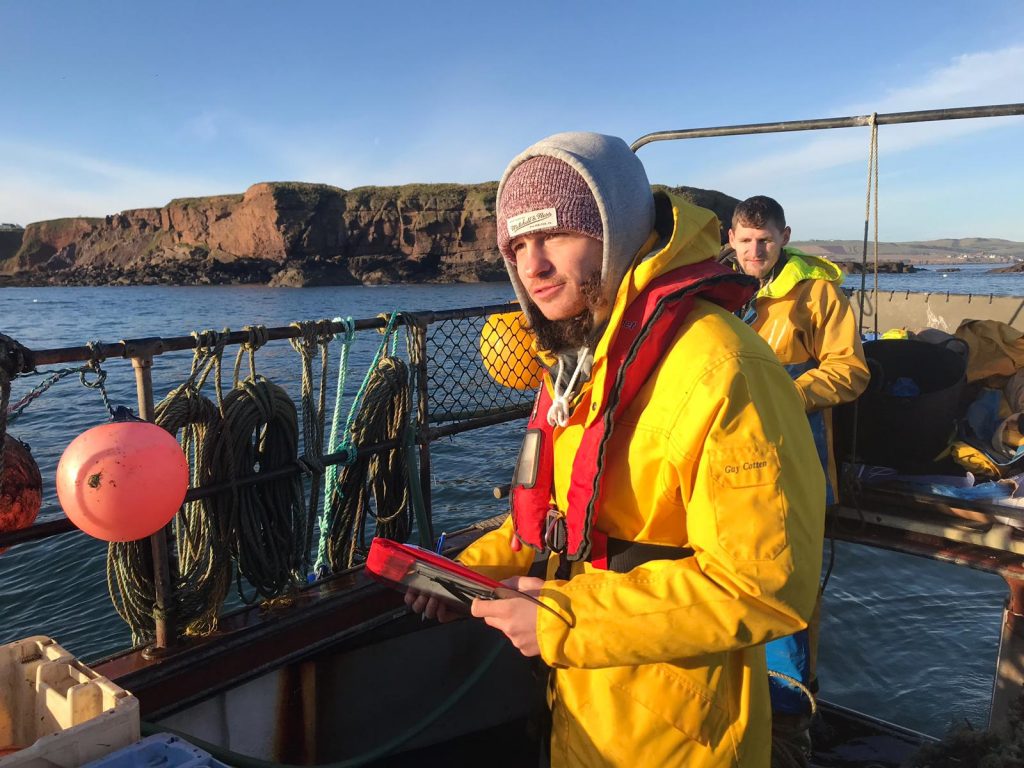
In between fleets, I get to work tagging the crabs, known locally as “poos”, and lobsters. I enjoy tagging because I can examine these beautiful creatures up close. The deckhand has set me up a workstation in the corner of the boat, made from upturned fish boxes, where I measure, weigh, sex and note down the health of each animal before inserting a T-bar tag and releasing them. By 10.00am, the clouds have been taken by the wind and the sun is out.
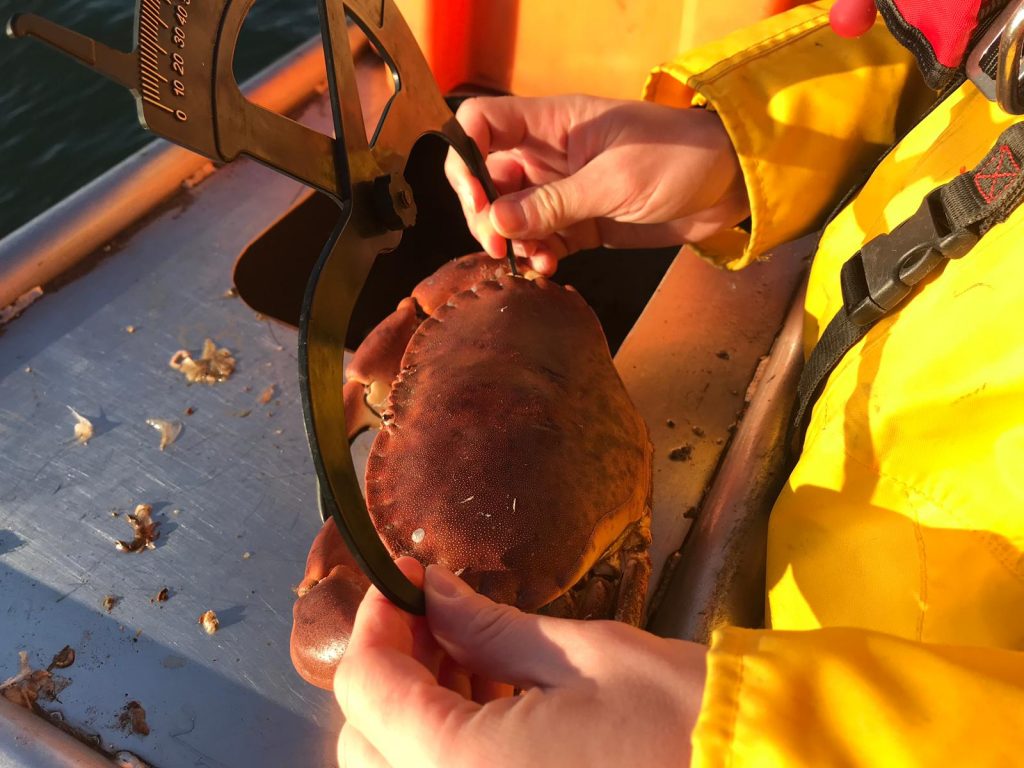
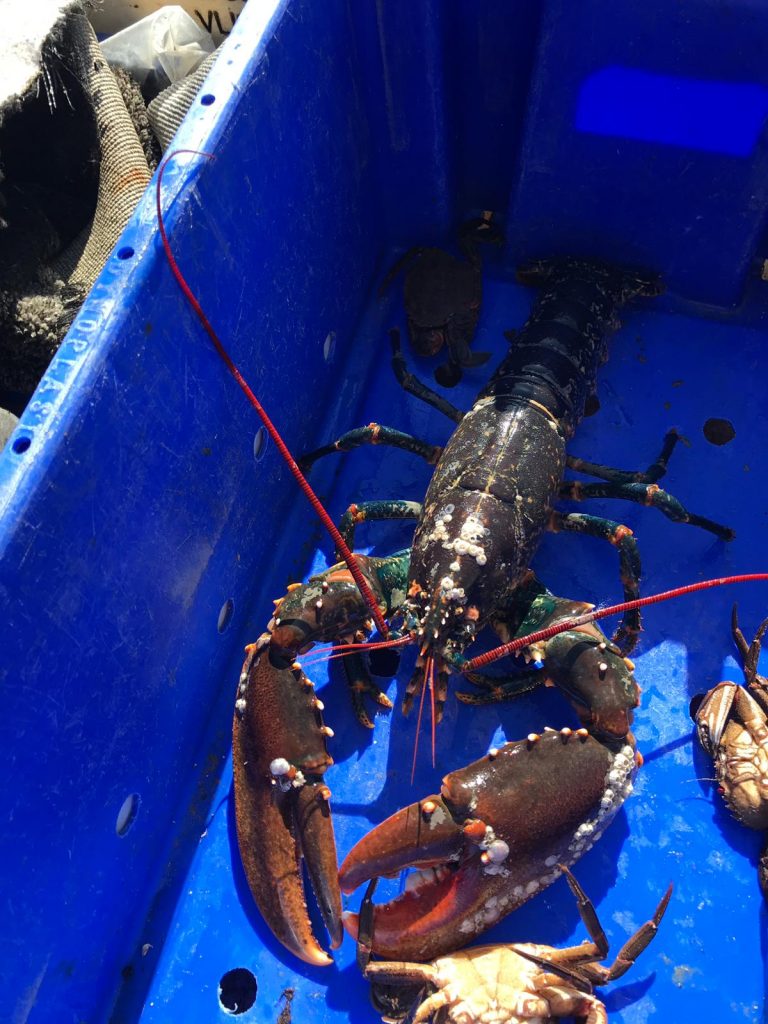
The eighth fleet of the day produces a “muckle big” female lobster weighing 1.8kg, carrying hundreds of thousands of eggs. In Scotland (unlike the rest of the UK) lobsters with eggs can be landed and therefore, under regular circumstances, this massive hen and her eggs would never be released. Luckily, because I am tagging her, she can be released back into the reserve, and the skipper is delighted. Not only will she provide valuable data on her movements, but she will hopefully be able to mature and release her eggs, supporting the future stock in the area.
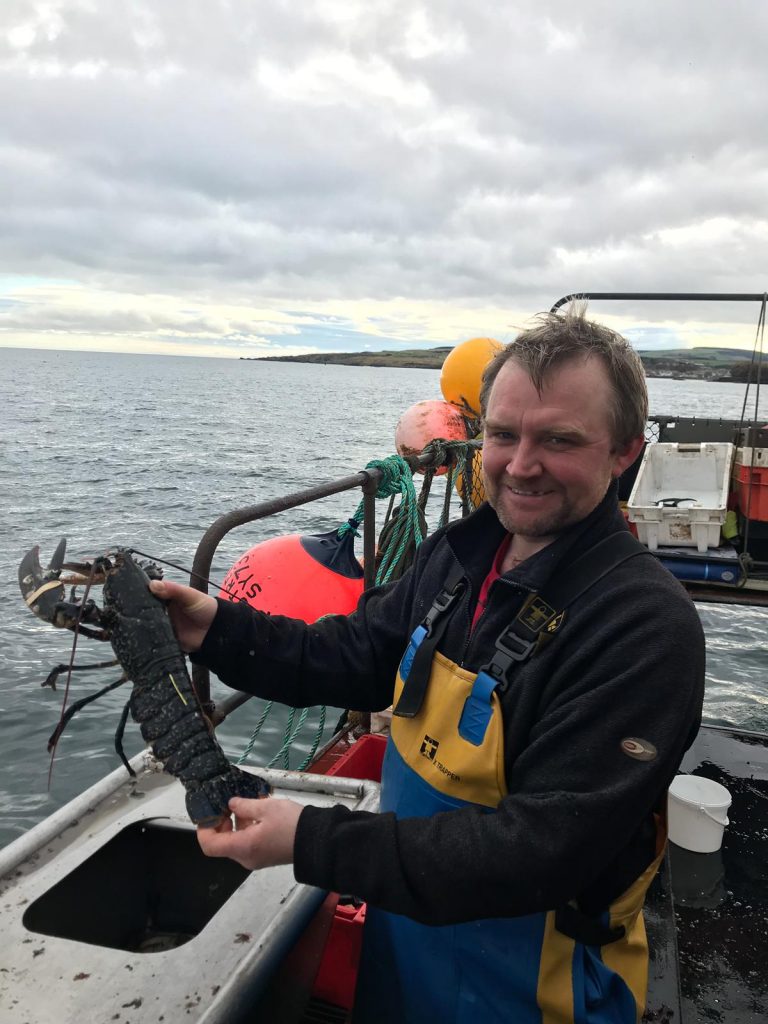
The fact that we are still finding occasional lobsters of this size and, even more importantly, that we can release them, gives a small glimmer of hope for the lobster population at a critical time for shellfish populations in Berwickshire. Reports from fishermen indicate that there are far too many pots, inadequate regulation and no presence of enforcement in the area. This means there is intense pressure on the local crab and lobster populations. However, if action is taken soon, there is still hope of managing the situation. Crab and lobsters are resilient, as the large female we caught and released today demonstrates, and the local fishermen want to ensure the sustainability of their fishery.
In addition to our research, BLUE is fostering a bottom-up approach to management developed in Lyme bay and centred around fishermen-led collaboration. We believe that, by working together, we can ensure sustainable shellfish populations for generations to come. This will lead to maintaining not only the crab and lobster stocks, but the fishermen’s livelihoods, while allowing other marine biodiversity to thrive. I hope that the muckle big lobster, golden red poos and the fishermen’s passion for their profession will go a long way to protecting and securing this valuable resource.
If you would like to support the local Berwickshire fishermen and fill your fridge with fresh, sustainably-caught fish, please click here.

